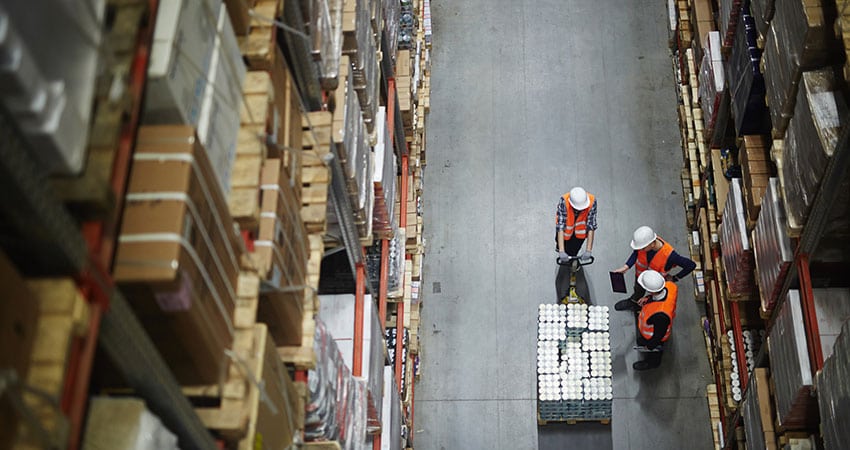Ecommerce logistics, including 3PLs, accounted for 61 of the 100 largest deals on warehouse and industrial space in 2018, according to commercial real estate brokerage CBRE. The deals totaled 61.5 million square feet of space in 32 markets, with facilities ranging in size from 742,000 square feet to 2.3 million square feet.
This was an increase from 2017, when those categories accounted for 51 of the top 100 deals. It’s reflective of how ecommerce continues to consume a larger share of available commercial space to meet sales growth as well as consumer expectations for rapid fulfillment.
“On the demand side, I don’t see evidence of it slowing down this year or next,” said David Egan, CBRE’s Global Head of Industrial and Logistics Research. “Ecommerce sales keep growing at a steady 15% per year, requiring more space, representing between 60 million to 80 million square feet of demand a year.”
In terms of markets, California’s inland empire had the most warehouse and fulfillment center activity in 2018, with 20 major deals totaling 19 million square feet, followed by central Pennsylvania (11 deals, 11.8 million square feet), Dallas-Fort Worth (10 deals, 11.1 million square feet), Atlanta (9 deals, 8.8 million square feet) and Chicago (5 deals, 4.4 million square feet).
“These are among the leading markets that offer the high-quality logistics facilities that many of these e-commerce users are seeking,” said Chris Zubel, investment leader for CBRE Americas Industrial and Logistics. “This activity builds upon itself when a region provides the transportation access, qualified labor pool and state-of-the-art real estate that many ecommerce users need.”
Egan said while the majority of the development and leasing activity will continue to occur in major markets, secondary ones like Columbus, OH – site of Ecommerce Operations Summit 2019 – Nashville, TN and Louisville, KY, are growing rapidly as well, all with good access to infrastructure and the ability to deliver to broad swaths of population in two days. These hubs have been building up their assets over time, giving them an advantage over other markets as a critical mass of activity develops.
“Columbus is a great example of a market that by any definition is considered secondary, but users and investors are looking at it in a different way,” he said. “From its location in the center of Ohio, it has access to 70% of the U.S. population in two days, and rail access to the ports of Charleston, SC and Norfolk, VA. It’s in a kind of gray area, with tenants ahead of the game in terms of where they want to locate, and investors starting to catch up.”
You can see more details of the CBRE report here.

